Flamingos, those iconic pink waders that grace wetlands across the globe, exhibit some of the most fascinating parenting behaviors in the avian world. Far from being just ornamental birds, flamingos demonstrate remarkable dedication and sophisticated strategies when raising their young. Their unique approach to parenthood involves intricate social structures, specialized feeding techniques, and impressive adaptations to often harsh environments. For birdwatchers and wildlife enthusiasts, understanding these parenting strategies provides not only valuable insight into flamingo conservation but also offers a deeper appreciation of these elegant birds’ complex lives. This article delves into the ten most remarkable flamingo parenting strategies that any serious birdwatcher should recognize when observing these magnificent birds in their natural habitat.
Monogamous Pair Bonding: The Foundation of Flamingo Families
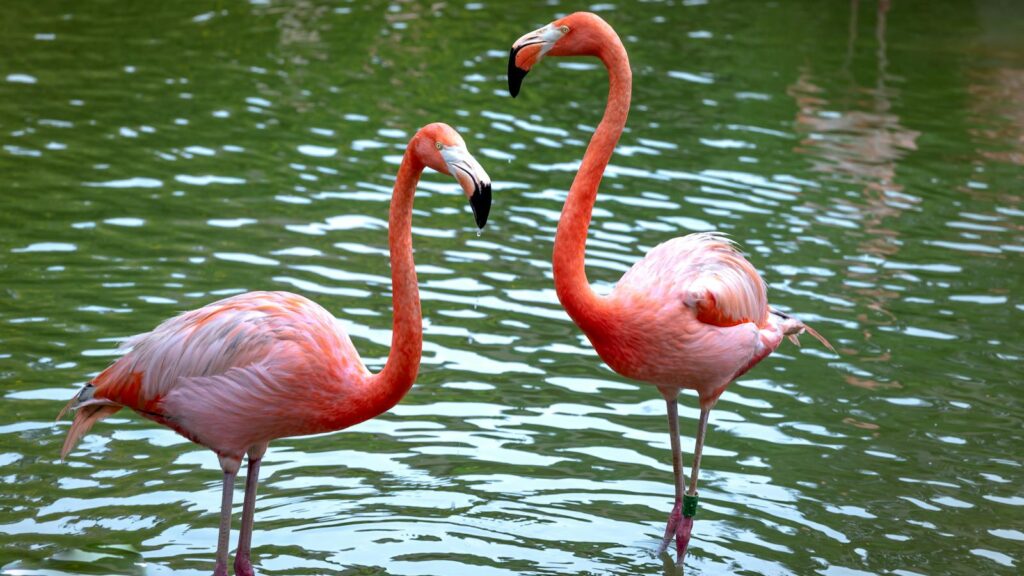
Flamingos establish strong monogamous relationships that form the cornerstone of their parenting success. These pair bonds often last for several breeding seasons and sometimes for the birds’ entire lives, creating a stable foundation for raising chicks. Before breeding begins, flamingos engage in elaborate synchronized courtship displays where hundreds or even thousands of birds perform choreographed movements—a spectacular sight that reinforces pair bonds and promotes colony cohesion. The strength of these partnerships directly correlates with successful reproduction, as both parents must contribute equally to raise their offspring. Birdwatchers who observe flamingo colonies over time may recognize specific pairs returning to the same nesting sites year after year, demonstrating the remarkable loyalty that characterizes these relationships.
Communal Nesting: Safety in Numbers
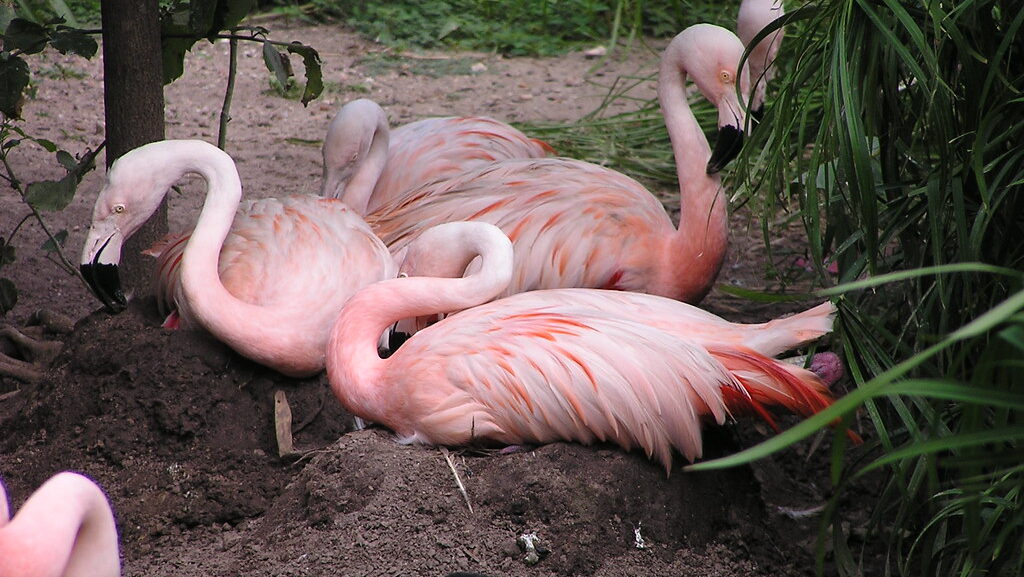
One of the most distinctive aspects of flamingo parenting is their commitment to communal nesting, where thousands of birds build their nests in close proximity to one another. This strategy provides significant protection against predators, as the sheer number of vigilant adult birds creates an effective security system for vulnerable eggs and chicks. The synchronized breeding that results from this communal approach means that most chicks in a colony hatch within days of each other, creating a safety-in-numbers effect that reduces predation on any individual chick. Nests are typically constructed as mud mounds that rise several inches above the water or ground level, protecting eggs from flooding and extreme temperatures. Experienced birdwatchers know that the best time to observe this fascinating behavior is during the breeding season, which varies by region but often coincides with the rainy season when resources are most abundant.
Specialized Egg Care Techniques
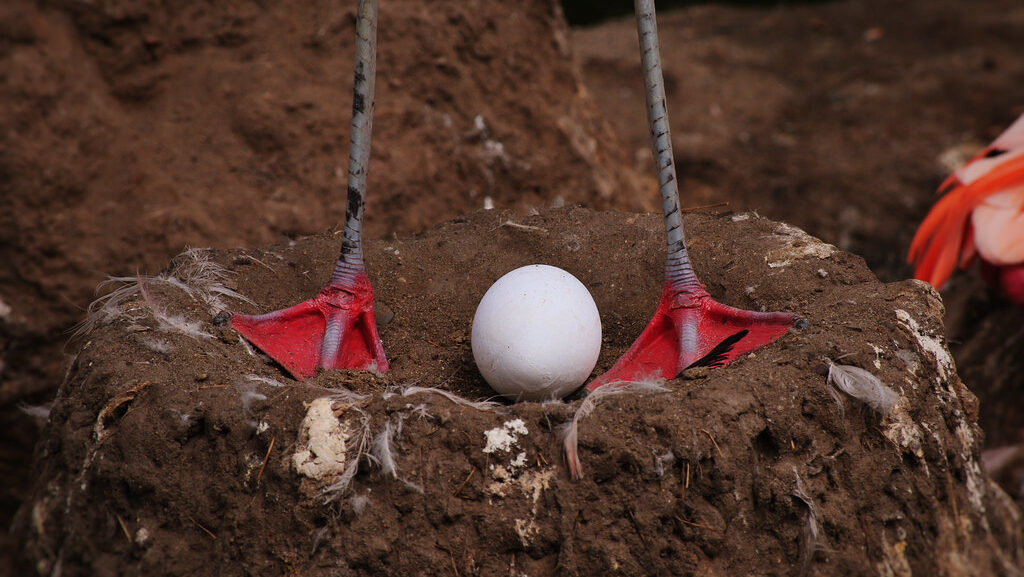
Flamingos demonstrate remarkable dedication to their single egg, which requires specialized care to develop properly in often harsh environments. Both parents take turns incubating the egg for approximately 28-32 days, using their webbed feet to carefully maneuver the egg beneath their bodies where it rests on specialized pads of skin rich with blood vessels that transfer heat efficiently. During extreme heat, parents may stand over rather than sit on the egg, using their legs to shade it from direct sunlight while still maintaining appropriate incubation temperatures. Perhaps most remarkably, flamingo parents can recognize their own egg from thousands of others in the colony through subtle variations in size, shape, and markings—a critical skill in such densely populated breeding grounds. Birdwatchers observing flamingos during nesting season might notice the careful exchanges between parents as they trade incubation duties, a delicate process that ensures the egg is never exposed for more than a few seconds.
Unique Chick Feeding Method: Crop Milk Production
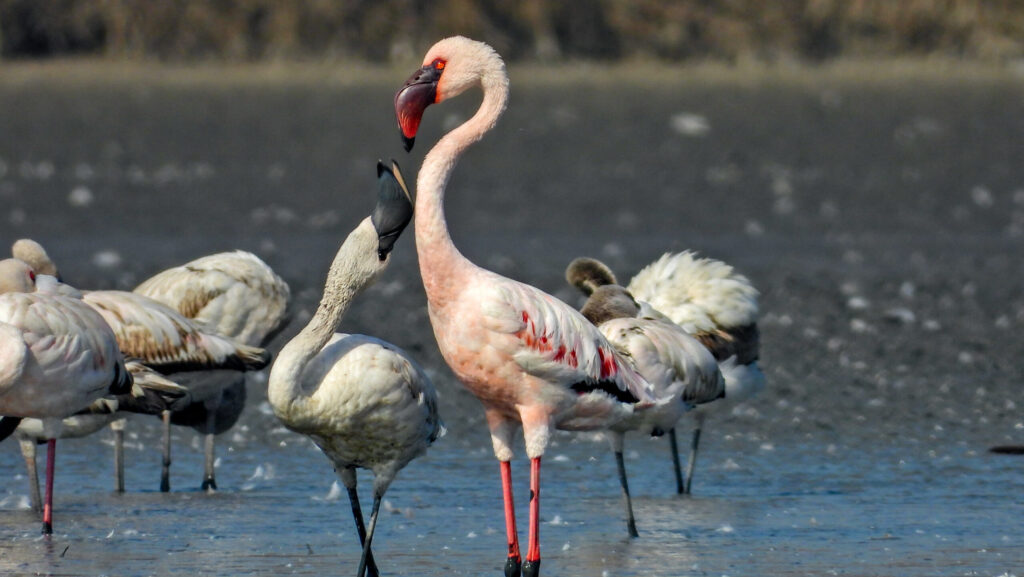
Flamingos are among the few birds that produce “crop milk,” a highly nutritious secretion that both male and female flamingos produce in their digestive tracts to feed their young. This remarkable adaptation contains more protein and fat than mammalian milk and is essential for chick development during the first weeks of life. The production of crop milk is stimulated by the hormone prolactin—the same hormone responsible for milk production in mammals—and causes the adult flamingos to temporarily lose their pink coloration during this energy-intensive feeding period. When feeding, parent flamingos open their bills slightly while the chick inserts its bill crosswise into the parent’s, stimulating the delivery of the crop milk through contractions of the adult’s esophagus. Keen birdwatchers may observe this distinctive feeding behavior, which looks almost like the adults are “dripping” sustenance directly into their chicks’ bills, a process that can occur several times per hour during early development.
Crèche Formation: Flamingo Daycare System
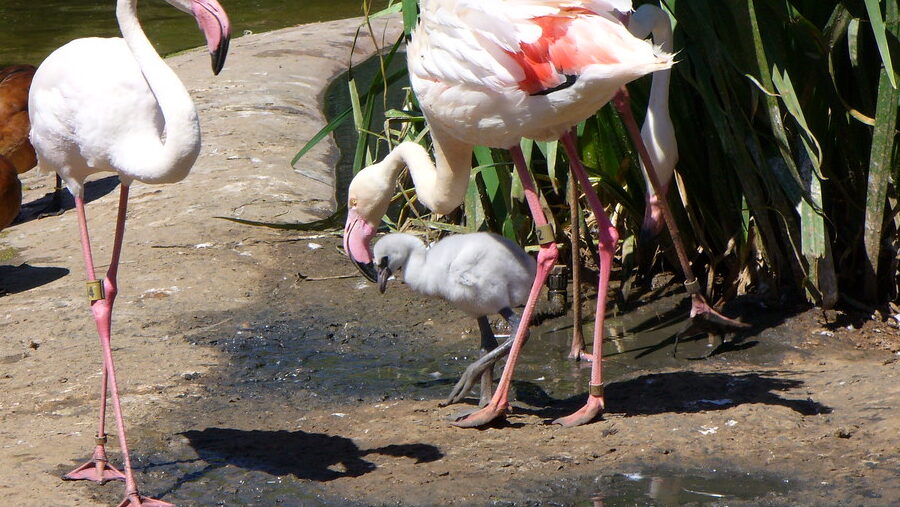
Once flamingo chicks reach about three weeks of age, they gather into large groups called crèches—essentially nature’s version of daycare—which represent one of the most effective parenting strategies in the avian world. These groups can contain hundreds or even thousands of chicks supervised by a relatively small number of adult flamingos, allowing the majority of parents to travel greater distances to find food without leaving their offspring vulnerable. Despite the enormous size of these groups, parent flamingos can locate their specific chick within the crèche through voice recognition, responding only to the unique call of their offspring among the cacophony of similar-sounding vocalizations. The crèche system provides critical protection from predators and harsh environmental conditions, as the supervising adults will alert the group to danger and lead collective defensive maneuvers. For birdwatchers, witnessing a flamingo crèche is truly spectacular—a sea of gray downy chicks moving almost as a single organism under the watchful eyes of their caretakers.
Progressive Feeding Adaptations
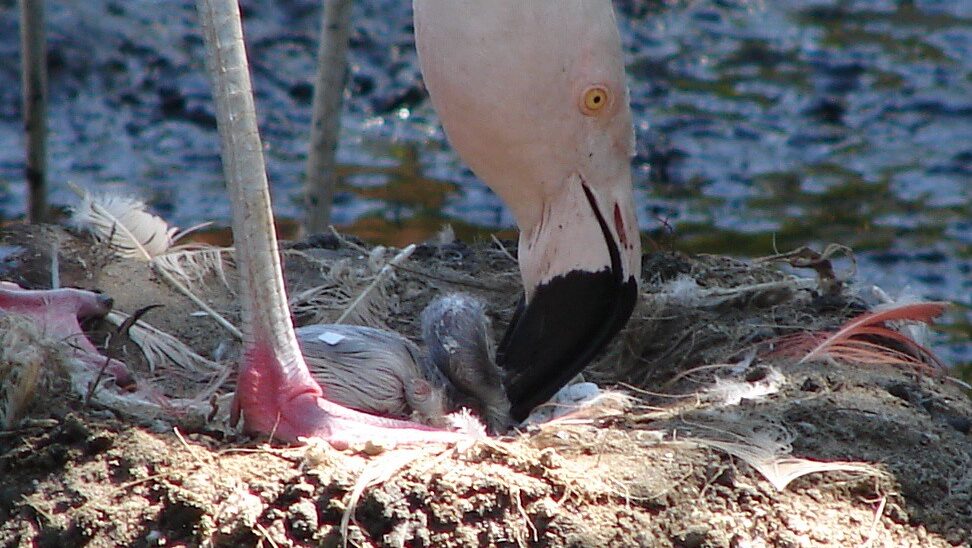
Flamingo parents demonstrate remarkable adaptability in their feeding strategies as their chicks develop, gradually transitioning them from exclusive crop milk to a diet of regurgitated adult food and eventually to independent feeding. Around six weeks of age, parents begin introducing partially digested food mixed with decreasing amounts of crop milk, helping the chicks’ digestive systems adapt to the specialized filter-feeding diet they will use as adults. This transition period is critical, as young flamingos must learn to use their specialized bills to filter microorganisms from water—a complex feeding mechanism that requires practice to master. Parents often demonstrate proper feeding techniques in shallow water where chicks can observe and mimic the distinctive swishing head movements that characterize flamingo feeding behavior. Attentive birdwatchers may notice this teaching period, where adult flamingos seem to feed alongside their growing chicks, subtly demonstrating the head-inverted position and bill-filtering technique that will sustain them throughout their lives.
Thermal Regulation Strategies
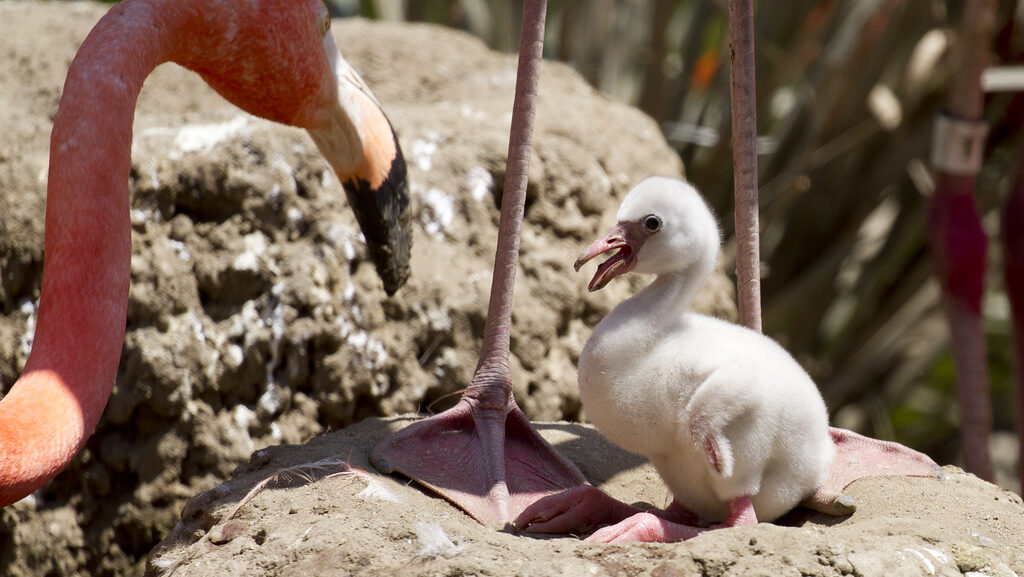
Flamingo parents employ sophisticated strategies to help their chicks maintain optimal body temperature in the often extreme environments where they nest, from scorching alkaline lakes to salt flats subject to dramatic temperature fluctuations. During their first weeks, chicks cannot effectively thermoregulate on their own, so parents use their bodies as living umbrellas, shading chicks from intense sun during blistering daytime temperatures that can exceed 105°F (40°C). Conversely, on cool nights, parents may tuck young chicks under their wings or let them nestle against their warm bodies to prevent potentially fatal chilling. As chicks develop, parents gradually allow them more exposure to environmental conditions, helping them develop their own thermoregulation abilities through controlled exposure. Experienced birdwatchers often observe this behavior during midday heat, when adult flamingos position themselves to cast maximum shade over their vulnerable offspring—a touching display of parental protection against the elements.
Predator Defense Techniques
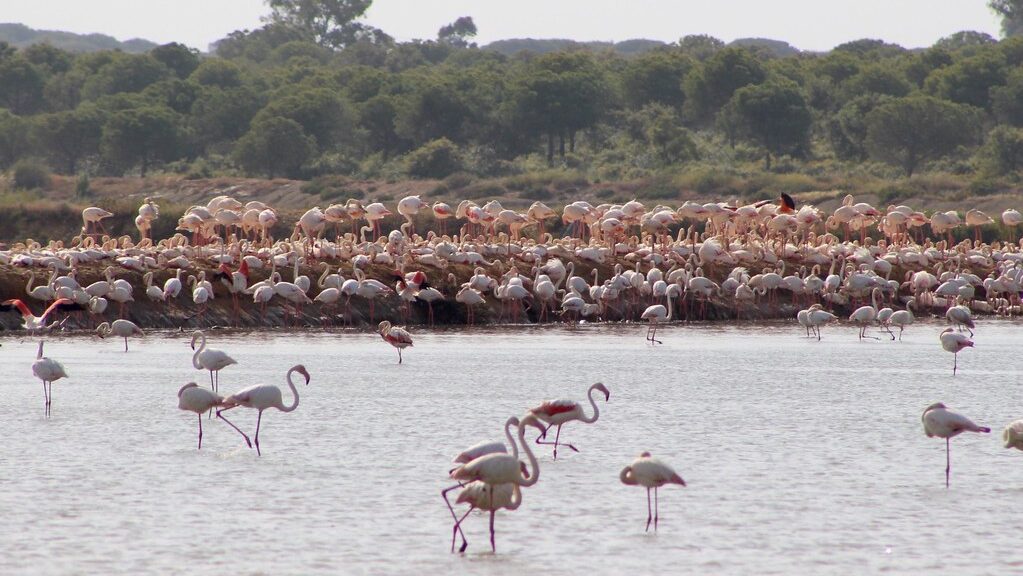
Flamingo parents employ multiple sophisticated strategies to protect their vulnerable offspring from the numerous predators that target eggs and chicks, including eagles, vultures, jackals, and big cats. The first line of defense is the strategic placement of nesting colonies in locations that naturally deter predators, such as islands in lakes or lagoons surrounded by water too deep for terrestrial predators to cross but too shallow for aquatic predators to swim effectively. When direct threats approach, flamingos coordinate remarkable group defensive maneuvers, with adults forming protective rings around groups of chicks while producing loud, threatening vocalizations to intimidate potential predators. In situations of extreme danger, parent flamingos may employ distraction techniques, pretending to be injured to draw predators away from vulnerable chicks before flying to safety themselves. Keen birdwatchers might witness these defensive behaviors when predators approach a colony, manifesting as sudden waves of movement and vocalizations that ripple through the entire flamingo community within seconds.
Migration Training for Young Flamingos
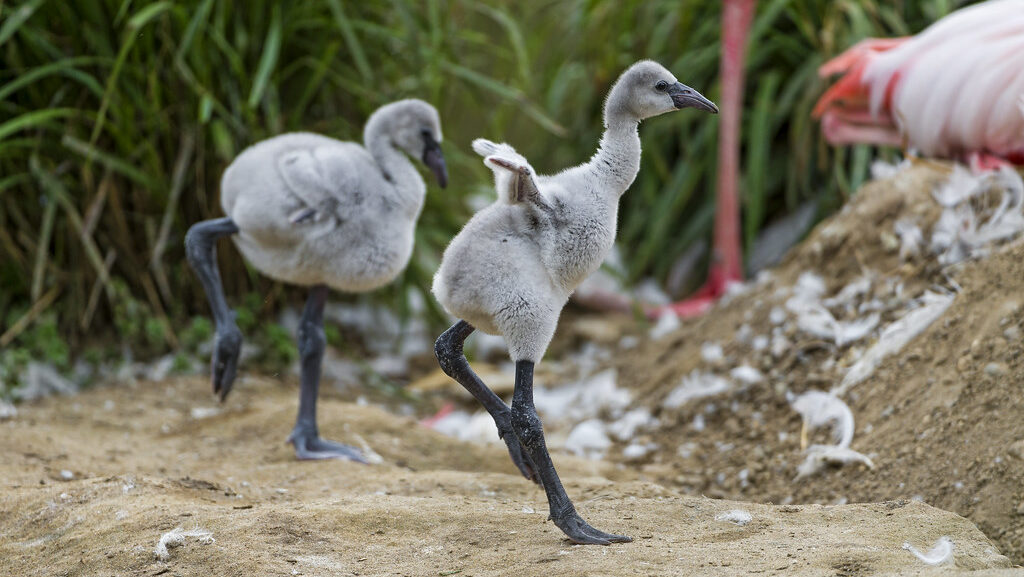
In populations that undertake seasonal migrations, flamingo parents face the additional challenge of preparing their young for potentially grueling journeys across hundreds or even thousands of miles. This preparation begins with wing-strengthening exercises, where parents encourage chicks to flap their developing wings regularly, building the crucial flight muscles needed for long-distance travel. As fledging approaches, parents lead their offspring on progressively longer practice flights around the breeding grounds, helping young flamingos develop the navigational abilities and stamina required for migration. Perhaps most impressive is the timing of these training flights, which adult flamingos carefully calibrate to ensure young birds are ready precisely when seasonal conditions necessitate migration to more favorable habitats. For birdwatchers fortunate enough to witness pre-migration behavior, the sight of adult flamingos flying in formation with increasingly confident juveniles demonstrates one of nature’s most important knowledge transfers—the cultural transmission of migration routes that have sustained flamingo populations for countless generations.
Social Development and Independence Training
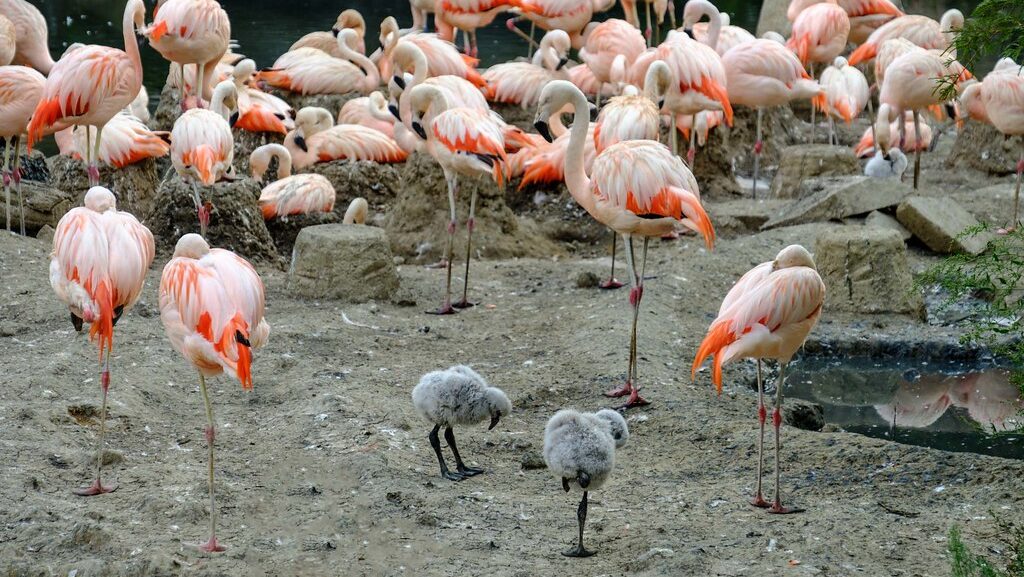
Flamingo parents engage in a carefully calibrated process of promoting their offspring’s social integration and gradual independence within the colony’s complex social structure. Young flamingos must learn the intricate behavioral codes that govern flamingo society, including proper responses to threat displays, appropriate feeding territory boundaries, and the synchronized movements that characterize group behavior. Parents facilitate this social learning through a combination of demonstration, gentle correction, and gradually reduced supervision as chicks mature and develop their own social relationships within the crèche system. By approximately three months of age, young flamingos begin spending increasing periods away from their parents, forming juvenile subgroups where they practice adult behaviors and strengthen peer relationships that may last throughout their long lives. Observant birdwatchers can identify this independence training phase when juvenile flamingos, still grayish in color but approaching adult size, begin forming distinct groups that mimic adult social behaviors while maintaining loose associations with their parents.
Long-term Parental Investment and Multi-generational Learning
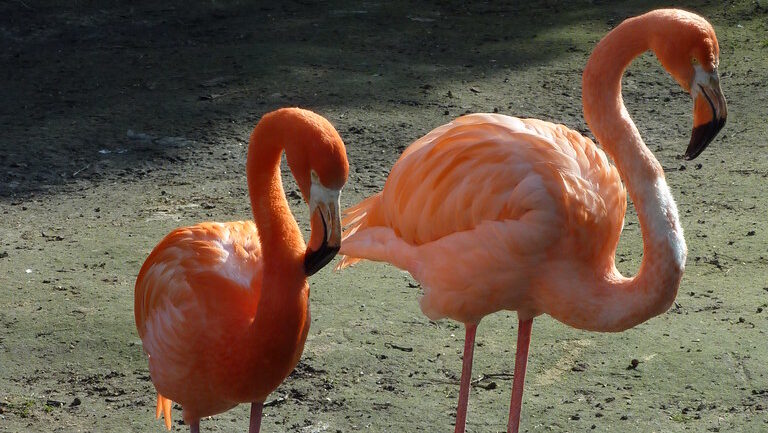
Perhaps the most remarkable aspect of flamingo parenting is the extended period of investment that continues well beyond the point when most birds would consider their parental duties complete. Even after their offspring have achieved physical independence, flamingo parents maintain recognizable relationships with their mature children, often nesting near them in subsequent breeding seasons and reinforcing family bonds through mutual preening and coordinated feeding activities. This extended family structure creates opportunities for multi-generational knowledge transfer, where experienced breeders can influence not only their direct offspring but also subsequent generations. Researchers have documented cases where flamingo “grandparents” assist their adult offspring with chick-rearing duties, effectively becoming part-time caregivers to their grandchildren and increasing overall survival rates within family lineages. For dedicated birdwatchers who return to the same flamingo colonies across multiple seasons, these enduring family connections become visible through consistent spatial arrangements within the colony and observable affiliative behaviors between related individuals of different generations.
Conservation Implications of Flamingo Parenting
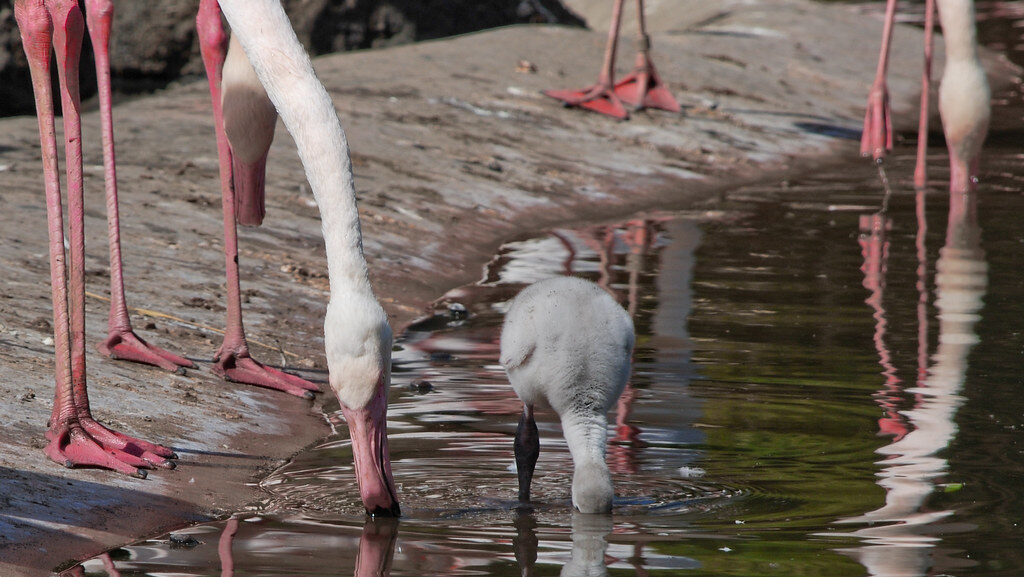
Understanding flamingo parenting strategies has profound implications for conservation efforts focused on these iconic birds, whose specialized breeding requirements make them particularly vulnerable to habitat disruption. The colonial breeding strategy that serves flamingos so well under natural conditions becomes a significant liability when human disturbance causes mass abandonment of nesting sites, potentially resulting in the loss of an entire year’s reproduction for thousands of pairs. Conservation initiatives that protect critical breeding habitats must consider the full timeline of flamingo parenting, from courtship through fledging—a period that can span four to five months during which the colony requires minimal disturbance. Artificial breeding platforms have proven successful in some locations where natural nesting sites have been compromised, but these must be designed with specific knowledge of flamingo parenting behaviors to be effective. For conservation-minded birdwatchers, maintaining appropriate viewing distances from flamingo breeding colonies isn’t just ethical practice—it’s essential to preventing the disruption of the sophisticated parenting strategies that have evolved over millions of years to ensure these magnificent birds’ survival.
Conclusion
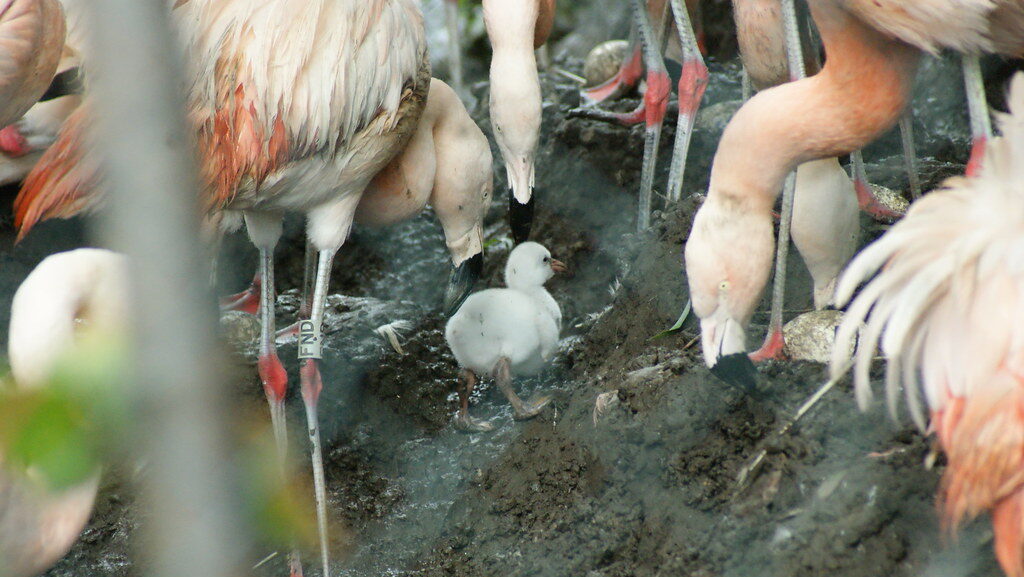
In conclusion, flamingo parenting represents one of nature’s most sophisticated and successful approaches to raising offspring in challenging environments. From their strong pair bonds and communal nesting strategies to their unique feeding methods and elaborate social structures, these iconic birds demonstrate parental dedication that rivals many mammals. For birdwatchers, recognizing these ten key parenting strategies enhances both the enjoyment and educational value of flamingo observation, transforming a simple sighting into an opportunity to witness evolutionary marvels in action. As we face increasing environmental challenges that threaten flamingo populations worldwide, this deeper understanding of their reproductive needs becomes not just fascinating knowledge but essential information for ensuring these magnificent birds continue to grace our planet’s wetlands for generations to come.
